Publisher
Bloomsbury Education
ISBN 10
The Arts in Primary Education adds to the case for the arts to be a fundamental part of the curriculum, not only because they allow new experiences for children who might not otherwise have access to them in their day-to-day lives, but also because allowing children’s creative skills to flourish ought to be given equal merit to the three Rs in education.
None of this is particularly controversial, nor are they new ideas in primary education, but there is evidence that some curriculum areas have been put on the back burner due to the squeeze of time and funding. This book’s chapter on children’s literature and regular references to picture books echoes much of the work many schools are already doing, if not in the spirit of cross-curricular work, then at least in response to the accountability focus on reading.
In a sense, this book is timely. Schools are focusing on providing a broad and balanced curriculum, alongside making sure that the curriculum is designed for purpose, thinking about the why as well as the how of their work, and considering the implications of cultural capital. In this context, this book will be useful to those who want to add a dimension of localism to their curriculum, and to ensure it meets all of their children’s needs.
This book feels designed for arts subject leads and headteachers. There are some ideas that classroom teachers could copy, but its relevance to them will depend on how involved they are in the big-picture curriculum design, which differs from school to school.
The case studies are an interesting read, but they (and the anecdotal references throughout the book) seem to be solely from schools in the South and Midlands. Many of the examples sound like larger schools, particularly those in the London area, and I feel some examples would be tricky to emulate, particularly those schools with mixed year groups, key stages and small class sizes. As a teacher in a four-class rural school in Cumbria, I do struggle to relate to how some ideas would work in our locality.
In terms of diversity and inclusion, the author gives examples of how the arts can be accessible for all, with good focus on those children with additional needs. There is some acknowledgement of how particular faith groups may face barriers in the arts, but it does not try to tackle how to overcome these barriers in any detail.
It will have little impact on how we do things
There is some reference to Ofsted gradings that immediately cause me to be critical. I am very cautious about claims of schools going from Special Measures/RI to Good/Outstanding based on their arts curriculum. Having worked in schools in all four gradings, I hold no confidence in any causal relationship, though perhaps a headteacher reading it would feel differently. When reading these types of claims, my concern is that some may think plunging large amounts of funding into the arts is a magic pill to satisfy Ofsted, without consideration for other issues.
The author has drawn from a range of good examples of quality arts education, some of which are solely teacher-led, but the majority are collaborations with outside agencies – local musicians and music hubs, museums, dance practitioners, artists and galleries to name a few. This, again in rural Cumbria, can also be an issue, as fewer of these opportunities are available.
A knock-on effect of this is cost. In a climate where headteachers are having to cut vital staff, I don’t feel this book recognises the financial impact of its examples, particularly for those schools that are not in receipt of a lot of pupil premium funding and are not in particularly deprived areas, but which serve those just above the funding cut-off, for example, rural farming communities and seaside towns.
I am encouraged to hear of examples of great arts education, of children growing in confidence and creativity, and The Arts in Primary Education may be beneficial for those who are in the process of reviewing their curriculum and considering the needs of their children and available funding, but it will have little impact on how we do things.
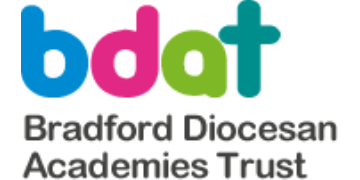

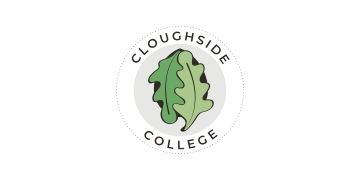
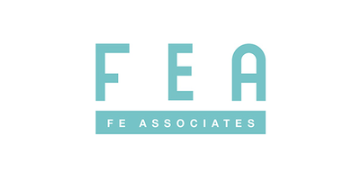





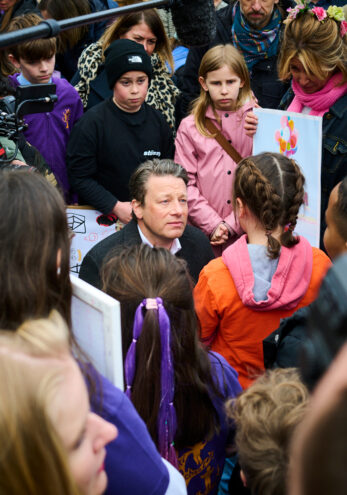

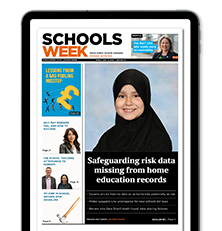
Your thoughts